Dental plaque is a mass of bacteria that grows on surfaces within the mouth. It appears as a white /pale yellow “slimmer layer” that is commonly found between the teeth and along the cervical margins.
The effective removal of plaque from the tooth surface on a regular basis is a critical component of dental practice, permitting long term success of oral care.
The dental career relies on mechanical plaque control as the most dependable way of achieving oral health benefits. And this useful task is carried out by using a small bristled tool on a long handle- a “toothbrush”
The predecessor oh the toothbrush is the chew stick. Chew sticks were twigs with a frayed end used to brush against the teeth, while the other end was used as a toothpick.
The first bristle toothbrush, resembling the modern toothbrush used hog bristle. They were attached to a handle manufactured from bamboo or bone, forming a toothbrush. Since then, the tooth brush has undergone various modifications (size, design, bristle placement, length and stiffness) to increase its popularity of use.
The American Dental Association has described the range of dimensions of an acceptable toothbrush: the brushing surface should be 1- 1.25inches in length and 5/8 – 3/12 inches wide, while the toothbrush bristles are grouped in tufts (5-12 tufts per row ) and arranged within 2-4 rows.
Toothbrush could also be categorized according to the bristle hardness, the diameter of commonly used bristles range from0.007 inch for soft brushes to 0.012 inches for medium and 0.014 inches for hard brushes.
Soft bristles are more flexible, clean beneath the gingival margin and inter proximally between teeth when used with the proper technique. Hard bristled brushes are usually associated with gingival recession. However, the manner in which a brush is used and abrasiveness of the dentifrice affect the action and abrasion to a greater extent than bristle hardness itself.
The amount of force used to brush is not critical for effective debris elimination. Vigorous brushing is not necessary and can lead to gingival recession, wedge shaped defects in the cervical area oh tooth surfaces and ulcerations of the gingiva.
Powered toothbrush
Electrically operated toothbrushes were invented in 1939 and were intended to make plaque control easier, especially since it does not involve a particular technique of brushing. They are normally used in the back and forth or circular / elliptical or combined motions.
The powered tooth brush relies on mechanical contact between the bristles and the tooth. Additionally, a low frequency acoustic energy within the brush enhances the cleansing ability.
Powered brushes are not generally superior to manual ones; both can effectively and thoroughly clean teeth. Both can effectively clean teeth. It has been shown to improve oral health for children and adolescents, people lacking manual dexterity, hospitalized and son-ambulatory geriatric patients etc.
People who have difficulty using a manual toothbrush may find a powered toothbrush easier or move comfortable to use the size and shape of the brush should hit your mouth comfortably, allowing you to reach all areas easily.
Recommendations
- A straight handle, short-headed brush with straight cut, rounded- ended, soft to medium bristles arranged in 2-4 rows of tufts are recommended. For children, the brush is smaller with thinner 0.005 inch shorter (0.344inch) bristles.
- Toothbrushes should be replaced once in 3 to 4 months. If bristles are flattened in a few days, brushing is too vigorous; if bristles still look new after 6 month, the brush probably has not been used effectively.
- NO specific toothbrush can be singled out as clearly effective for routine teeth cleansing. Requirements for a good toothbrush vary among individuals. Suggesting a brush, should depend on the patient’s dentition periodontal health, manual dexterity etc.
- Regardless of the type of brushes commercially available (straight / angulated), the best plaque removal results are obtained when this mechanical tool is used appropriately utilizing the right technique.
Tooth brushing techniques
There have been various methods advocated for brushing teeth which were categorized primarily according to the pattern of movement of brush. These include: Roll technique, vibratory technique vertical technique and Horizontal technique.
The horizontal technique is probably the easiest and most comm0n method of brushing, perhaps due to the ease of mastering the technique. Patients with periodontal disease are taught the sulcus (beneath the gums) cleansing technique using a vibratory motion.
The proper brushing technique was advocated by BASS.
- Place your toothbrush at a 45 angle to the long axis of tooth, with the bristles covering 3 – 4 teeth.
- Gently move the brush, back and forth in short (tooth-wide) strokes in a vibratory motion. This motion will force the bristles beneath the gum margin and partially in between the teeth. Complete approximately 20 strokes in same position, which is then swiped in a downward direction.
- Lift the brush and move it onto the adjacent teeth and repeat same process for both upper and lower teeth.
- Brush the outer surfaces, the inner surfaces and the chewing surfaces of the teeth.
- To clean the inside surfaces of the front teeth, tilt the brush vertically and make several up-and- down strokes.
- Brush your tongue to remove bacteria and keep your breath fresh.
This is technique requires patience and placement of the toothbrush in different directions to access all the corners of the oral cavity .The technique is efficient and is recommended for all patients with and without gingival or periodontal disease .
There are other brushing techniques recommended if you have been diagnosed with gingival recession or even after periodontal surgical procedures.
Please visit your dentist regularly for further tips-offs!!!











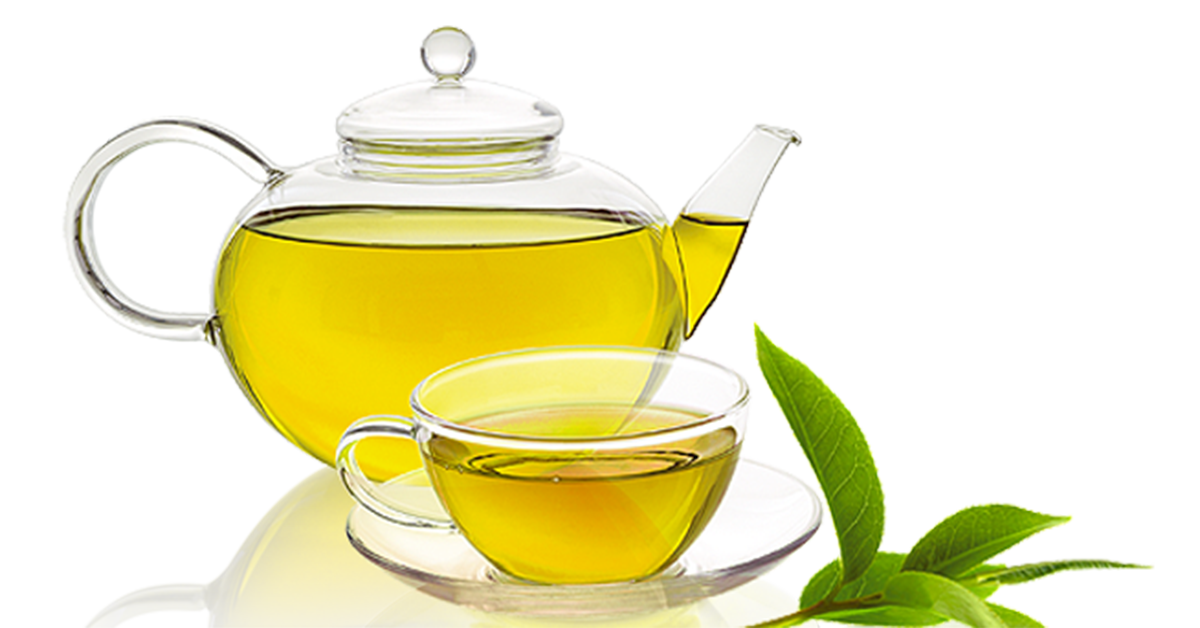
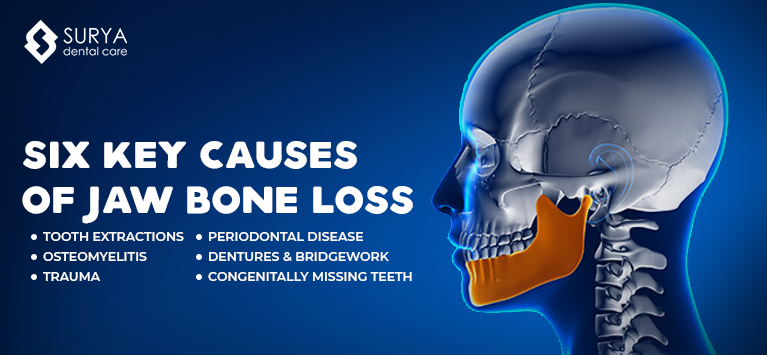

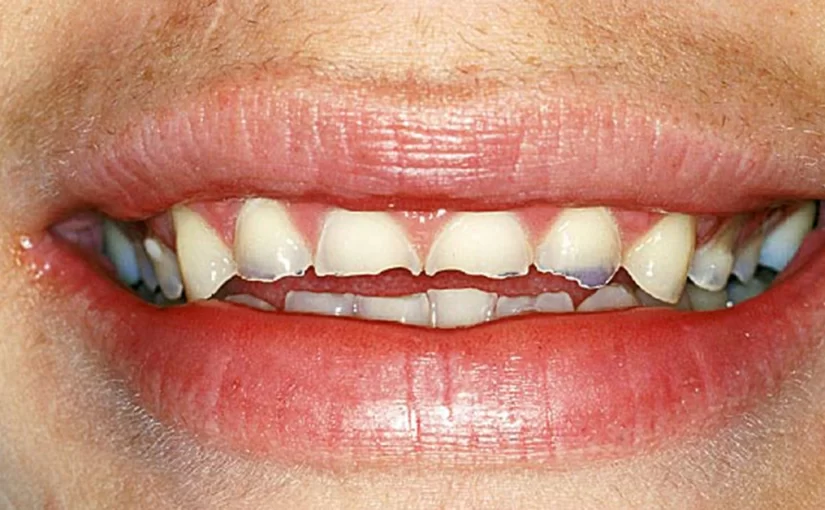
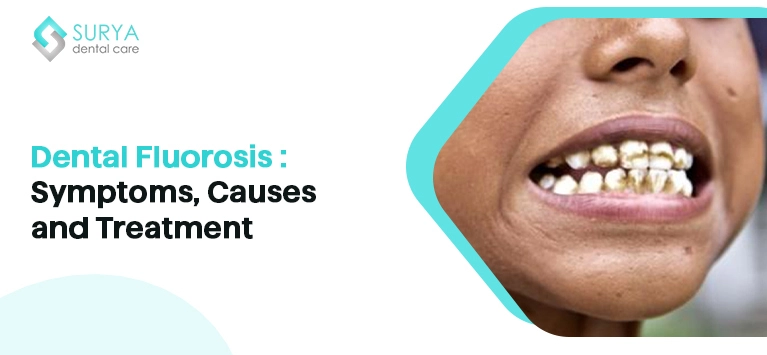
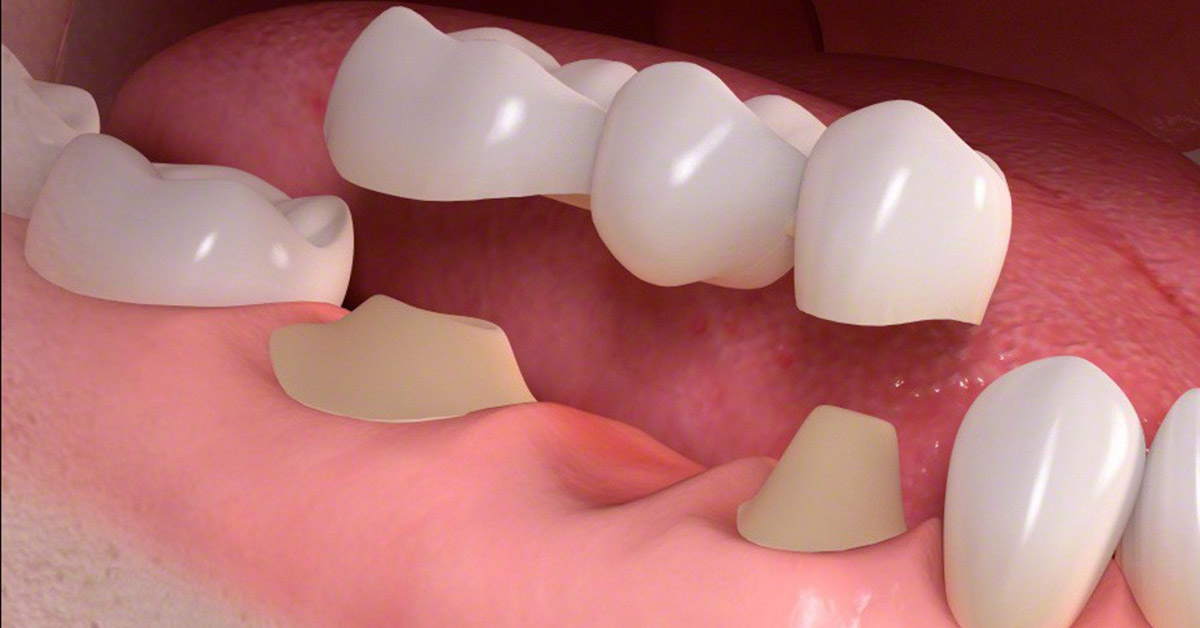

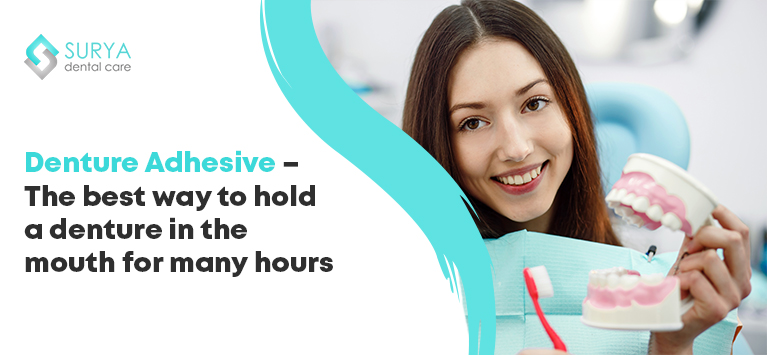
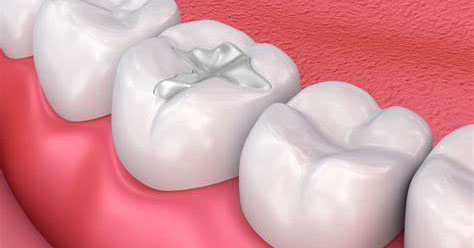
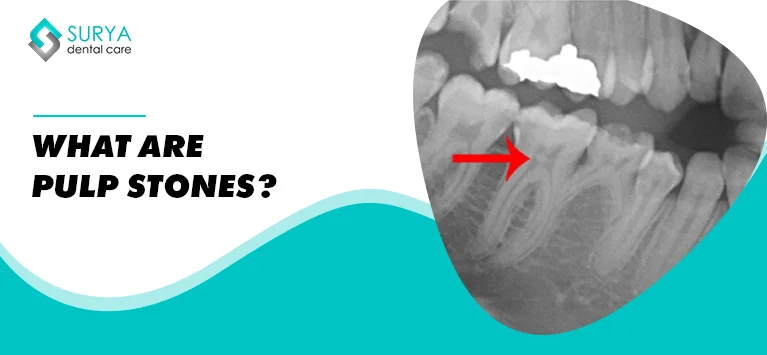


Leave a Comment